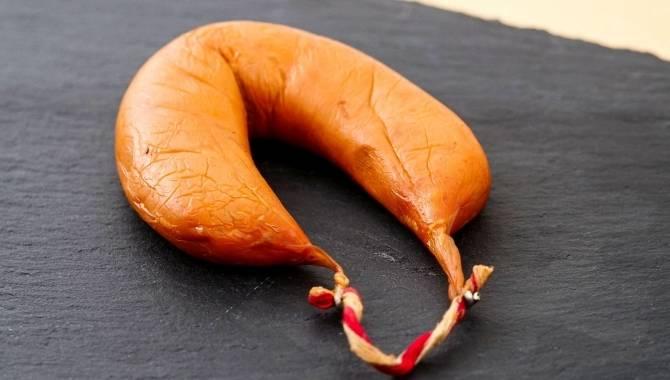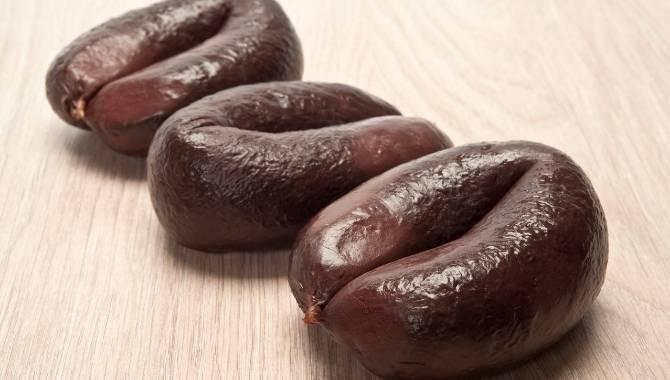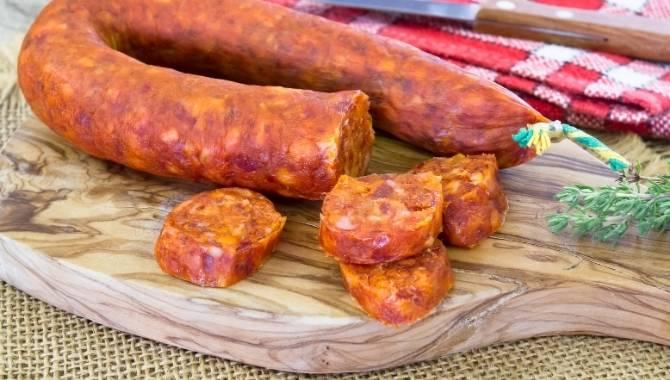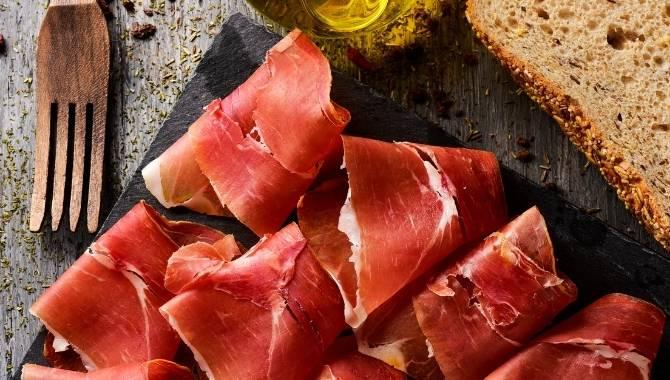Over the years, charcuterie has become a true gastronomic tradition, being appreciated all over the world for its intense flavor and unique texture.
Producing delicatessen products is an art that requires skill, patience and technique. The products are generally handmade, with selected meats and high quality ingredients. Production involves several steps, including selecting the meat, preparing the seasoning mix, stuffing and curing.
The art of Portuguese sausages
Sausages are an important part of Portuguese gastronomic culture and are very popular throughout the country. These are consumed on several occasions, from a simple snack accompanied by a glass of wine, to complete meals, such as the famous Portuguese stew.
The cooking of each sausage respects specific rules and each one has its unique characteristics of flavor and texture, and can be eaten alone or combined with other snacks, such as cheese and crackers.
In Portugal there are several types of sausages. We present the main ones:

Alheira
Alheira is a characteristic sausage from the North, the most famous being those from the regions of Mirandela, Vinhais and Montalegre. Traditionally, alheira has pork, chicken, olive oil, bread and condiments such as salt, garlic, and sweet or hot peppers as its main ingredients.

Farinheira
Farinheira is made with flour, which gives it its name, pepper paste, paprika, wine and, currently, also with pork fat. It can be served fried or baked in the oven and, in addition to its presence in main dishes, it can be consumed as a simple snack.

Black pudding
Black pudding is a meatless sausage stuffed with pork blood and fat and flour or rice, which gives it its consistency and darker color. The most used spices are cloves and cumin. There is black pudding (mixed with various flours), rice black pudding (with cooked rice) and sweet black pudding (seasoned with peppers).

Chorizo
Chorizo is one of the most diverse examples of traditional Portuguese sausages and can even adopt different fillings. In general, the most common varieties of chorizo come from pork meat and fat, often from native breeds such as the Bísaro or Alentejano pork, which are seasoned with pepper, wine and garlic, and are then gently smoked for a period of a few days or weeks. Chorizo Mouro, a variety from the south, contains blood or bloody pork meat, which gives it a darker color, similar to black pudding.

Ham
Ham is one of the most unavoidable snacks in Portuguese taverns. It is important to note that the ham comes from the hind legs, while the shoulder comes from the front legs. To make it, a whole leg of pork is salted, washed, dried (with or without being smoked), and then aged. And within certain limits, the older you are, the better. A good ham must be cut into very thin slices, to reveal the transparency of the meat, the greasiness of the fat and the delicate aroma. The hams and shoulders from Alentejo pigs are among those with the greatest sensory complexity, such as Santana da Serra and Barrancos. North hams, on the other hand, resort more to the Bísara breed.

Chicken salad
Chicken salad, this voluminous and compact sausage, is made up of pieces of pork loin (and sometimes also a leg), which is marinated for several days in seasonings such as red or white wine, garlic, salt, pepper, bay leaf, paprika, which fill a cylindrical section of large intestine, tied with cotton thread. The salpicão is then dried slowly in the smokehouse. The salpicão from Alentejano and Trás-os-Montes stand out.
For lovers of artisan snacks, sausages are a delicious and authentic option. At Petiscos & Companhia, you can find several handmade sausages, produced with high quality ingredients and with an authentic taste.
